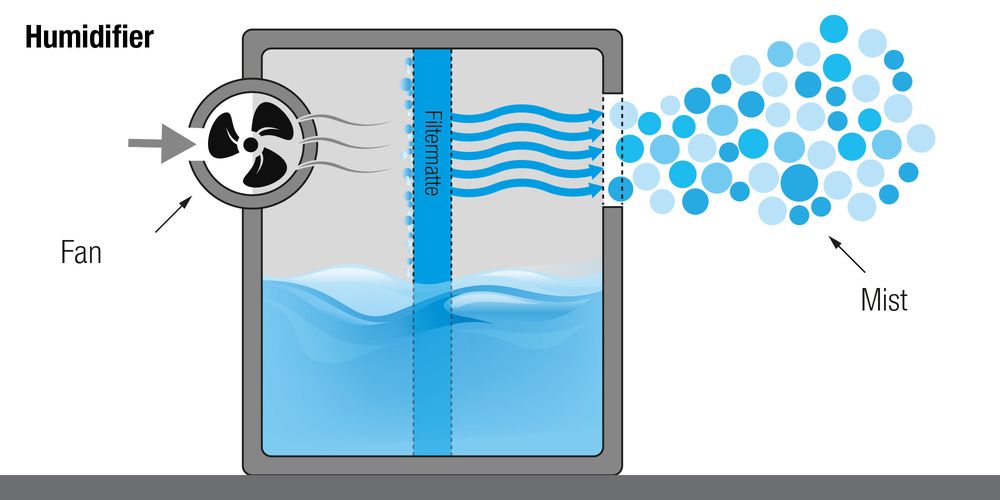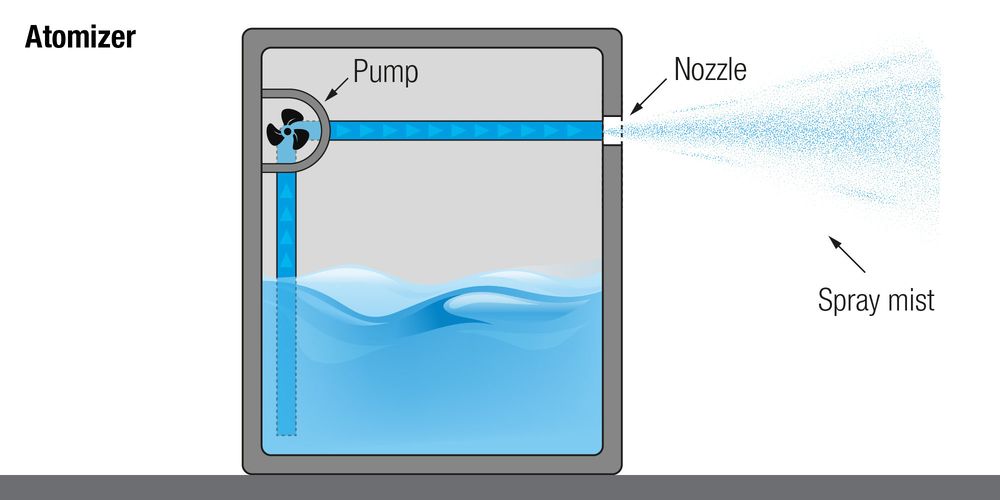17. Humidity and Storage
Introduction:
Wood reacts sensitively to climatic changes, and since guitars are typically made largely of this natural material, storage is an extremely important aspect.
If you want to maintain the sound, functionality, and ultimately the enjoyment of your instrument for a long time, the focus should be on humidity.
Although tonewoods are carefully stored and dried before processing, they retain their hygroscopic properties, which means they have a tendency to absorb or release moisture from the environment. This means that with climatic fluctuations, their volume and physical properties also change.
It's not without reason that they say, "Wood moves."
For example, during the heating season, if the humidity drops below 40%, the wood of our guitar releases moisture into the environment. The drier the air and the longer an instrument is exposed to it, the greater the risk of serious damage. In the worst case, the wood can shrink significantly in volume. Cracks in the body or protruding frets are familiar issues to any guitar builder.
Caution is also necessary when there is too much moisture, causing the wood to swell. This can happen, for example, when traveling to tropical regions or storing the instrument in damp rooms.
Even if major catastrophes are avoided, the guitar sends subtle yet clear warning signals when stored improperly.
These include:
- Subtle changes in tone
- Issues with string action
- Sudden buzzing noises
- Intonation problems
- Tuning issues
Guitars often consist of a variety of different woods, ranging from domestic spruce to exotic species from tropical climates. While spruce wood is relatively soft and sensitive, mahogany, for example, is hard, dense, and robust.
In between, there are many other wood species that react more or less sensitively to climatic changes, depending on their different properties.
The good news is that as long as the relative humidity in the immediate vicinity of the instrument stays between 45% and 60%, the woods used will be on the safe side.

Ideal humidity
Hygrometer
When it comes to controlling humidity, there is no way around using a hygrometer, which measures the moisture content in the air. Hygrometers are available in various forms, from simple dial instruments to digital devices that display humidity and temperature, with storage capabilities. There are also versions designed for guitar cases that can send current data to a smartphone via push notifications.
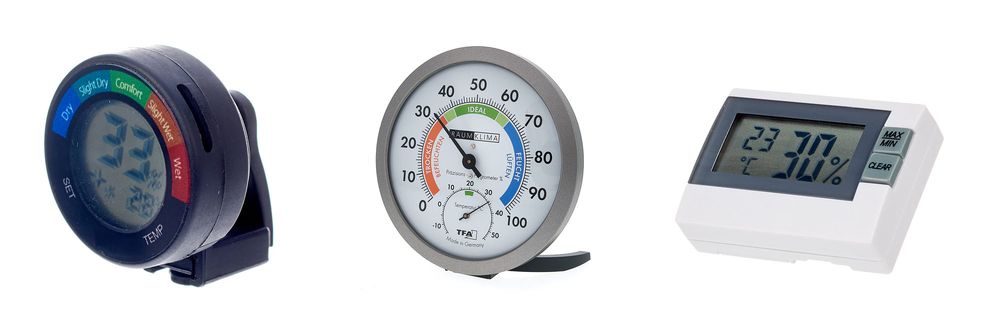
Hygrometer
Humidifiers
They ensure that the room air always provides optimal humidity, benefiting not only the instruments but also the people in the room. Humidifiers can be divided into evaporators, humidifiers, and atomizers.
Evaporators
Boiling water and releasing steam into the room. Although they are very efficient and hygienic because they kill germs present in the water, they consume relatively high energy. If placed unfavorably or in a cooler environment, condensation may form and settle on surfaces.
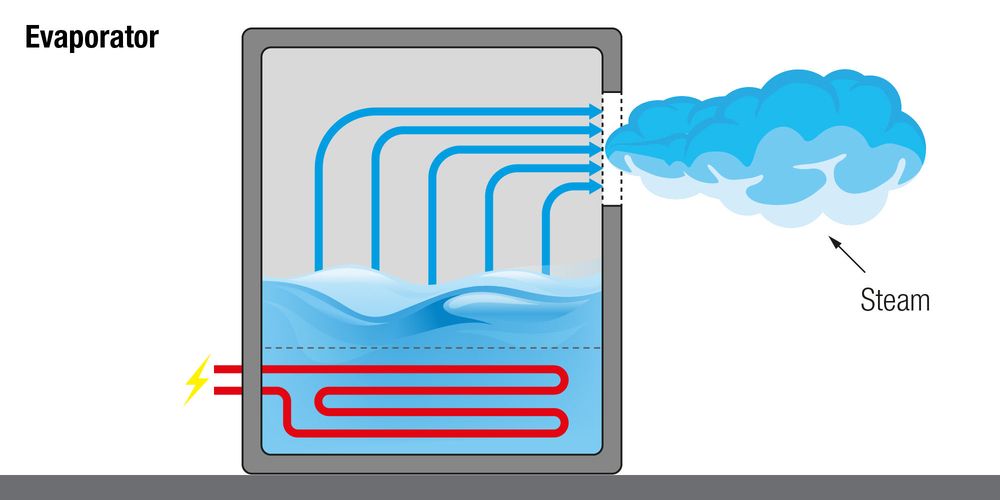
Evaporators
Distributing water over a large surface area, such as filter mats, and blowing air over them. Although they do not offer the same humidifying performance as evaporators, they consume less energy, lower the room temperature, and regulate room humidity naturally. However, they require regular addition of disinfectant or disinfection through UV light.
Atomizers
Atomizers use ultrasonic or pressure pumps and fine nozzles to atomize water into tiny droplets. This cold mist can also be blown into the room with a fan. They are affordable, consume relatively little energy, and provide low to medium humidifying performance. They also lower the air temperature, but there is a risk of condensation and lime deposits in the vicinity of the device. They require regular and careful cleaning to avoid bacterial growth.
Special Guitar Humidifiers
Mobile humidifiers designed specifically for acoustic instruments are relatively affordable. For example, Planet Waves offers the PW-HPK-01, a two-part system that can humidify and dehumidify as needed, aiming to maintain the humidity in the case at a stable 45%. One part is hung in the guitar's soundhole, and the other is installed near the headstock. Current temperature, humidity, and warning notifications are then sent to the smartphone via Bluetooth. To use the system, humidifier packs, which last between 2-4 months after opening, are required. To keep the system running, one needs to repurchase these packs regularly, which can be a worthwhile investment for an expensive instrument.
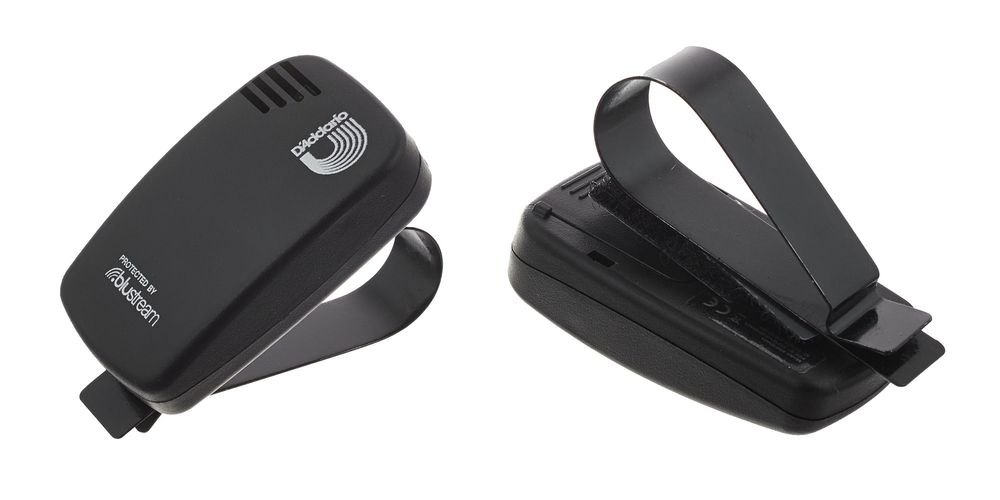
Art.-Nr. 380310 - D’Addario PW-HTK-01 Humiditrak

Art.-Nr. 111454 - D’Addario PW-HPK-01
Other mobile humidifiers are simply hung in the guitar's soundhole. Moisture is released through a sponge that needs to be moistened at regular intervals. Since these devices only add moisture and do not dehumidify, it is important to monitor the climate inside the case closely.
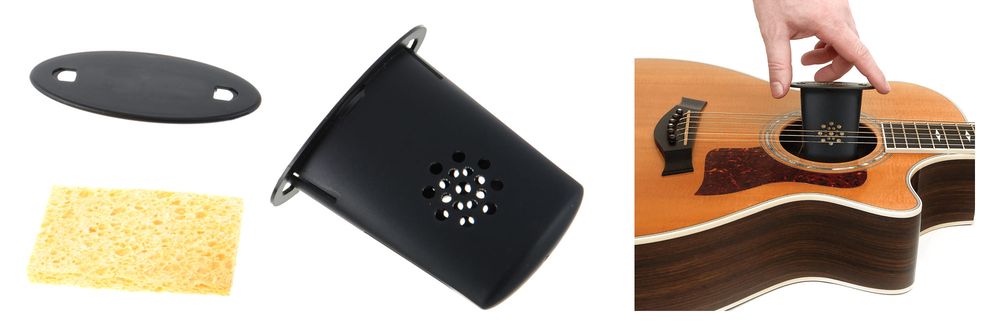
Daddario PW-GH




